Why UPVC Windows & Doors Are the Ultimate Choice for Energy Efficiency in Modern Homes
In today's quest for energy efficiency, homeowners are increasingly turning to UPVC windows & doors as a leading choice. According to a report by the Energy Saving Trust, energy-efficient windows can reduce heat loss by up to 75%, significantly lowering energy bills and enhancing comfort levels. UPVC (unplasticized polyvinyl chloride) products stand out due to their excellent thermal insulation properties, which can minimize the need for heating and cooling systems. A study by the National Fenestration Rating Council indicates that homes equipped with UPVC windows & doors can cut energy consumption by as much as 40% compared to traditional wooden or metal alternatives. As modern homeowners prioritize sustainability, integrating UPVC solutions not only contributes to reduced carbon footprints but also aligns with the growing demand for eco-friendly building materials. This article explores the various advantages of UPVC windows & doors, demonstrating why they are the ultimate choice for energy efficiency in contemporary residences.
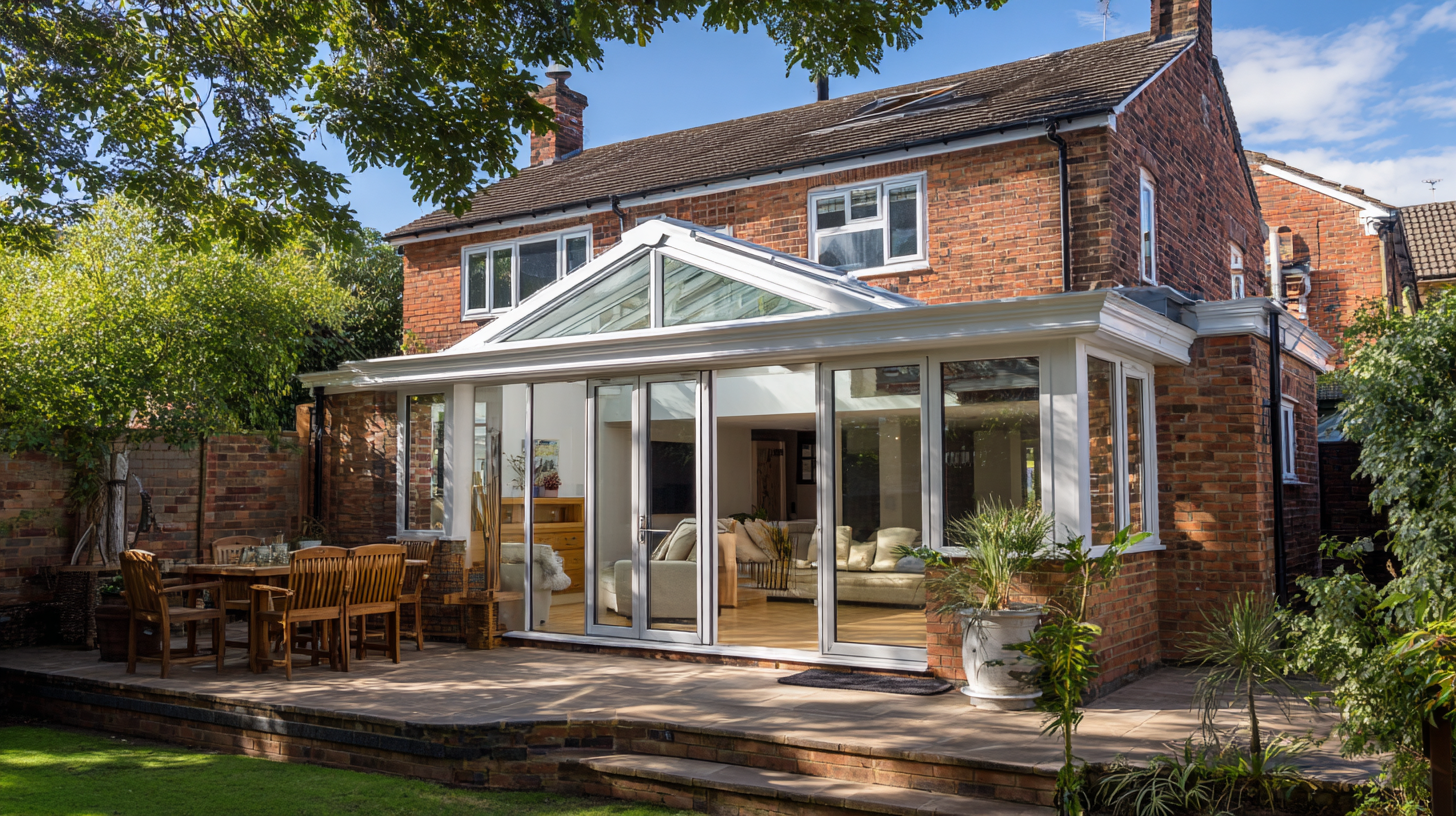
Benefits of UPVC Windows & Doors for Reducing Energy Consumption in Homes
UPVC windows and doors have emerged as a leading choice for homeowners seeking to enhance energy efficiency. According to a report by the Energy Saving Trust, replacing single-glazed windows with UPVC double-glazing can result in energy savings of up to 20% in heating bills. This is crucial since homes account for approximately 28%% of the UK's greenhouse gas emissions, and utilizing energy-efficient materials like UPVC can significantly reduce one's carbon footprint.
One of the key benefits of UPVC is its excellent thermal insulation properties. Research indicates that UPVC windows can provide lower U-values compared to traditional materials, thereby minimizing heat transfer. For instance, the British Fenestration Rating Council (BFRC) reports that high-performance UPVC windows can achieve U-values as low as 1.2 W/m²K, which is essential for maintaining a comfortable indoor temperature and reducing reliance on heating systems. Furthermore, these windows are often equipped with multi-chamber profiles that enhance their insulating capabilities, promoting energy conservation throughout the year.
Statistical Insights on Energy Efficiency Comparisons: UPVC vs. Traditional Materials
In recent years, the energy efficiency of building materials has gained significant attention, particularly in the context of window and door installations. Statistical comparisons between UPVC (Unplasticized Polyvinyl Chloride) and traditional materials like wood or aluminum reveal that UPVC offers superior insulation properties. Research indicates that homes equipped with UPVC windows can reduce heat loss by up to 70% compared to those with standard wooden frames. This remarkable thermal performance directly contributes to lower energy consumption and subsequently reduces utility bills.
Moreover, the lifespan and durability of UPVC also contribute to its energy efficiency. Unlike wooden frames that require regular maintenance and can warp or rot over time, UPVC remains unaffected by moisture and temperature fluctuations, maintaining its structural integrity and insulating properties for decades. Studies show that homes with UPVC installations experience a longer lifecycle efficiency, minimizing the environmental impact by reducing the need for replacements or repairs, thus solidifying UPVC as a leading choice for those seeking sustainable and energy-efficient solutions in modern home design.
How UPVC’s Thermal Insulation Properties Enhance Home Comfort and Efficiency
When considering energy efficiency in modern homes, UPVC windows and doors stand out due to their exceptional thermal insulation properties. Particularly in regions like Canberra, where winter chills and summer heat pose significant challenges, UPVC's ability to minimize heat loss and gain is crucial for maintaining a comfortable indoor environment. Reports indicate that homes fitted with UPVC double glazing can potentially reduce heating costs by up to 30%, making them an economically savvy investment for homeowners focused on improving energy efficiency.
The demand for UPVC products is projected to surge, with the global UPVC doors and windows market expected to reach USD 31.33 billion by 2034, rising from USD 20.94 billion in 2024. This growth can be attributed to the increasing awareness of energy conservation and the benefits that UPVC offers in combating extreme weather conditions. Not only do these installations enhance comfort levels year-round, but they also significantly reduce the risk of mold—an issue that over 60% of UK residents face. By investing in UPVC windows and doors, homeowners are not only enhancing property value but also contributing to a more sustainable future.
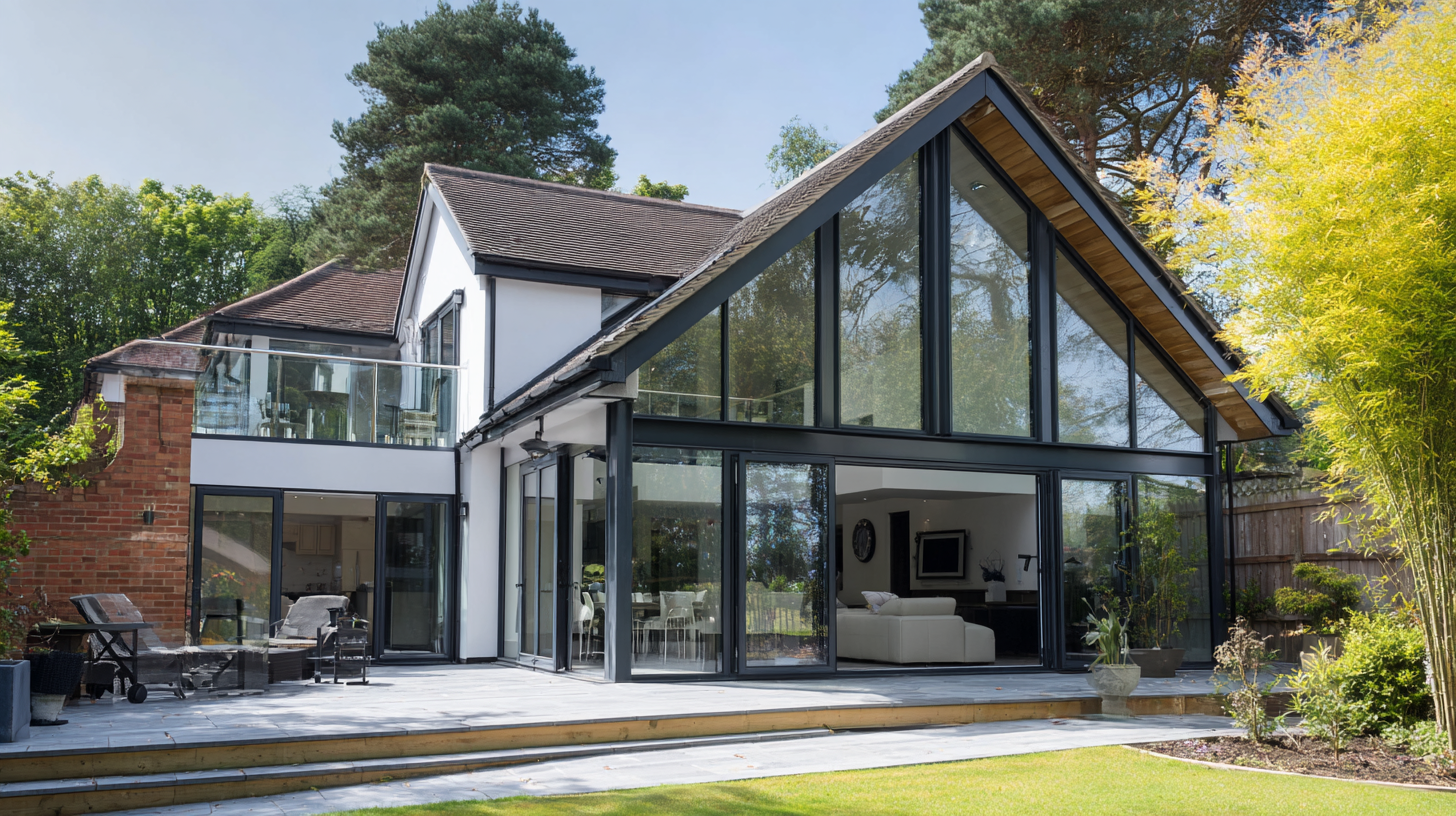
Long-term Cost Savings: Analyzing the Impact of UPVC on Energy Bills
When considering energy efficiency in modern homes, UPVC windows and doors stand out as a leading choice due to their remarkable insulation properties. These fixtures minimize heat transfer, keeping your home warmer in winter and cooler in summer. As a result, homeowners can significantly reduce their reliance on heating and cooling systems, leading to lower energy bills over time. The initial investment in UPVC may be higher than traditional materials, but the long-term cost savings make it a smart financial decision.
Tips for maximizing the benefits of UPVC include ensuring proper installation and maintenance. A professional installation will guarantee optimal performance, while regular cleaning and checks can help maintain their energy efficiency. Additionally, consider pairing UPVC windows and doors with energy-efficient glass options to further enhance insulation and reduce energy consumption. By making informed choices and upkeep, homeowners can fully enjoy the cost-saving advantages that UPVC offers.
Why UPVC Windows & Doors Are the Ultimate Choice for Energy Efficiency in Modern Homes - Long-term Cost Savings: Analyzing the Impact of UPVC on Energy Bills
| Feature | UPVC Windows & Doors | Traditional Windows & Doors |
|---|---|---|
| Energy Efficiency Rating | A++ | C |
| Average Annual Energy Savings | $300 | $150 |
| Lifespan | 40+ years | 15-20 years |
| Maintenance Requirement | Low | High |
| Initial Cost | $$$ | $$ |
| Environmental Impact | Recyclable | Non-recyclable |
Environmental Impact: The Role of UPVC in Sustainable Building Practices
UPVC windows and doors have gained prominence in sustainable building practices due to their significant environmental benefits. As a thermoplastic material, UPVC is fully recyclable, contributing to a circular economy that minimizes waste. When homeowners choose UPVC, they are not only opting for a durable solution but also one that helps reduce the demand for new materials, thus lowering the carbon footprint associated with manufacturing processes.
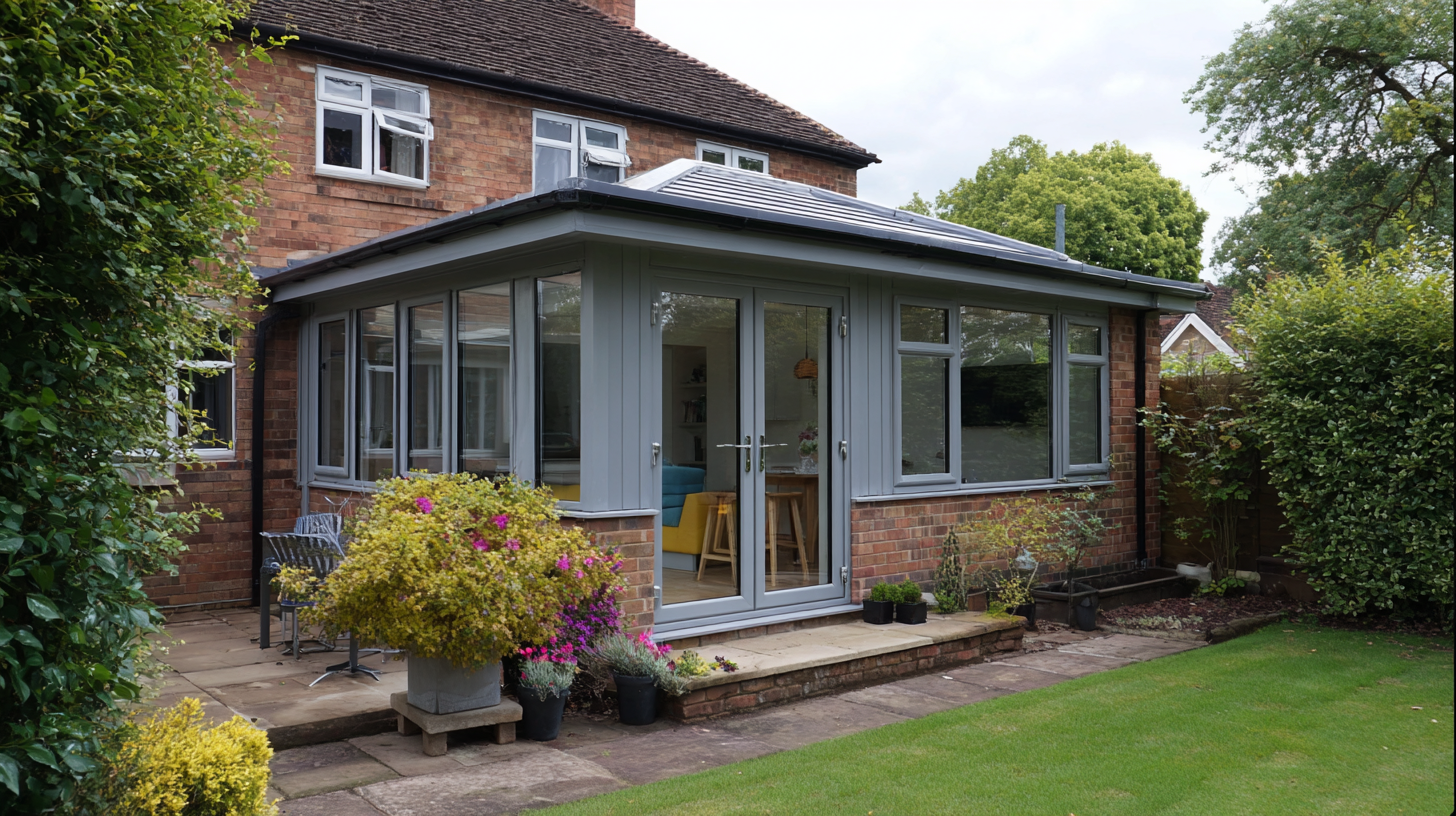
Moreover, UPVC products enhance energy efficiency by providing excellent insulation. They create a barrier that prevents heat loss in winter and keeps homes cool in summer, leading to reduced energy consumption for heating and cooling. This not only translates to lower utility bills but also contributes to decreased greenhouse gas emissions from power plants. By integrating UPVC into modern homes, builders and homeowners alike can play a crucial role in fostering sustainability and reducing their impact on the environment.
Related Posts
-
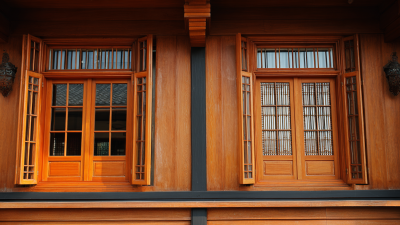
Exploring the Benefits of Energy-Efficient Wooden Windows and Doors for Sustainable Living
-
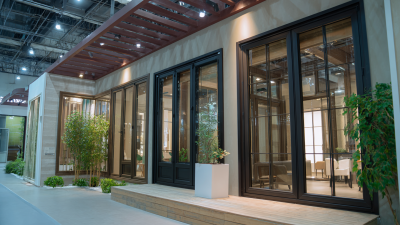
Innovative Trends in French Windows and Doors Showcased at 2025 China Import and Export Fair
-
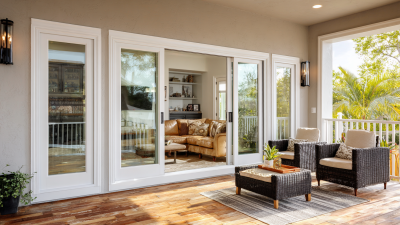
Exploring Upvc Sliding Doors Market Trends at 2025 China Import and Export Fair with Industry Growth Insights
-
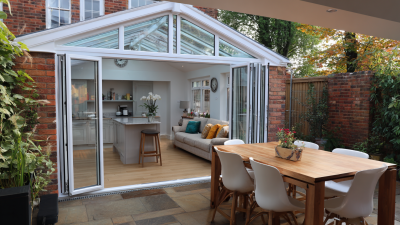
Innovative Conservatory Doors Set to Transform Market Trends at 2025 China Import and Export Fair
-

Why Affordable Doors Are the Smart Choice for Budget-Conscious Homeowners




